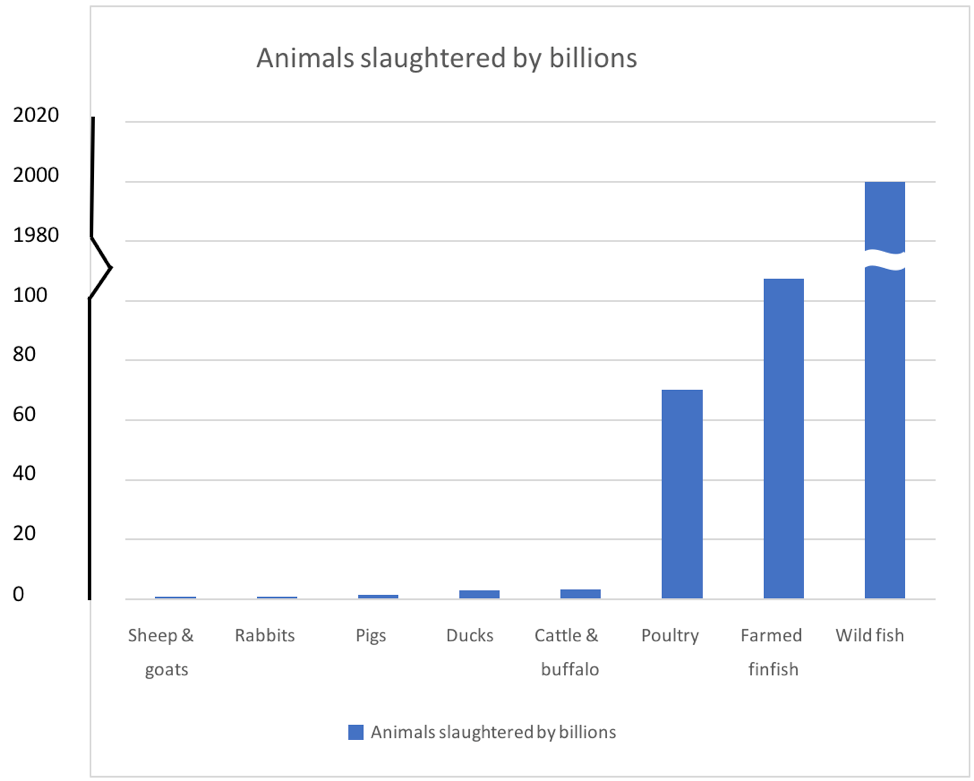Only mammals and birds are sentient, according to neuroscientist Nick Humphrey’s theory of consciousness, recently explained in “Sentience: The invention of consciousness”.
In 2023, Nick Humphrey published his book Sentience: The invention of consciousness (S:TIOC). In this book he proposed a theory of consciousness that implies, he says, that only mammals and birds have any kind of internal awareness.
His theory of consciousness has a lot in common with the picture of consciousness is described in recent books by two other authors, neuroscientist Antonio Damasio and consciousness researcher Anil Seth. All three agree on the importance of feelings, or proprioception, as the evolutionary and experiential base of sentience. Damasio and Seth, if I recall correctly, each put a lot of emphasis on homeostasis as a driving evolutionary force. All three agree sentience evolved as an extension of our senses–touch, sight, hearing, and so on. But S:TIOC is a bolder book which not only describes what we know about the evolutionary base of consciousness but proposes a plausible theory coming as close as can be to describing what it is short of actually solving Chalmers’ Hard Problem.
